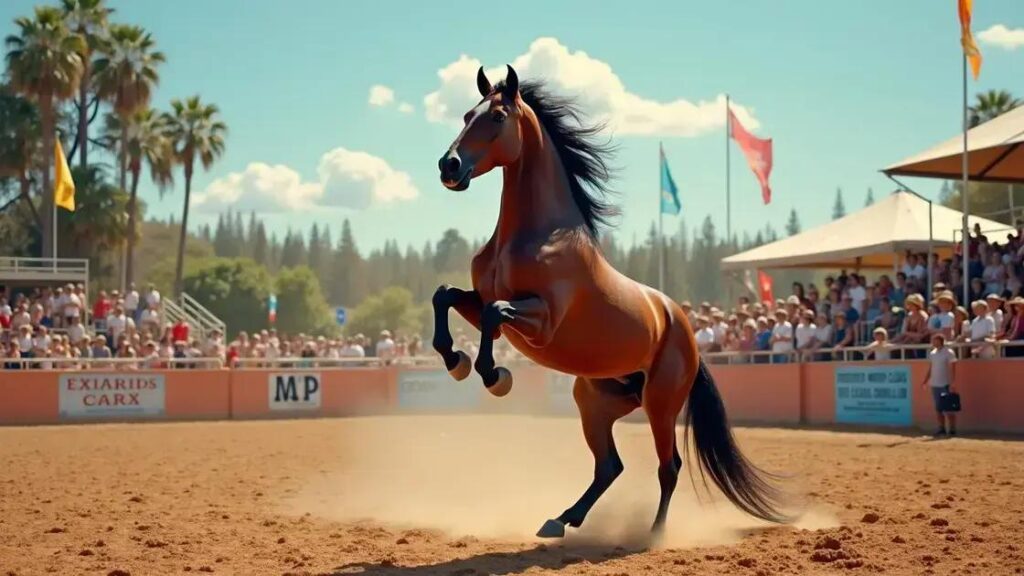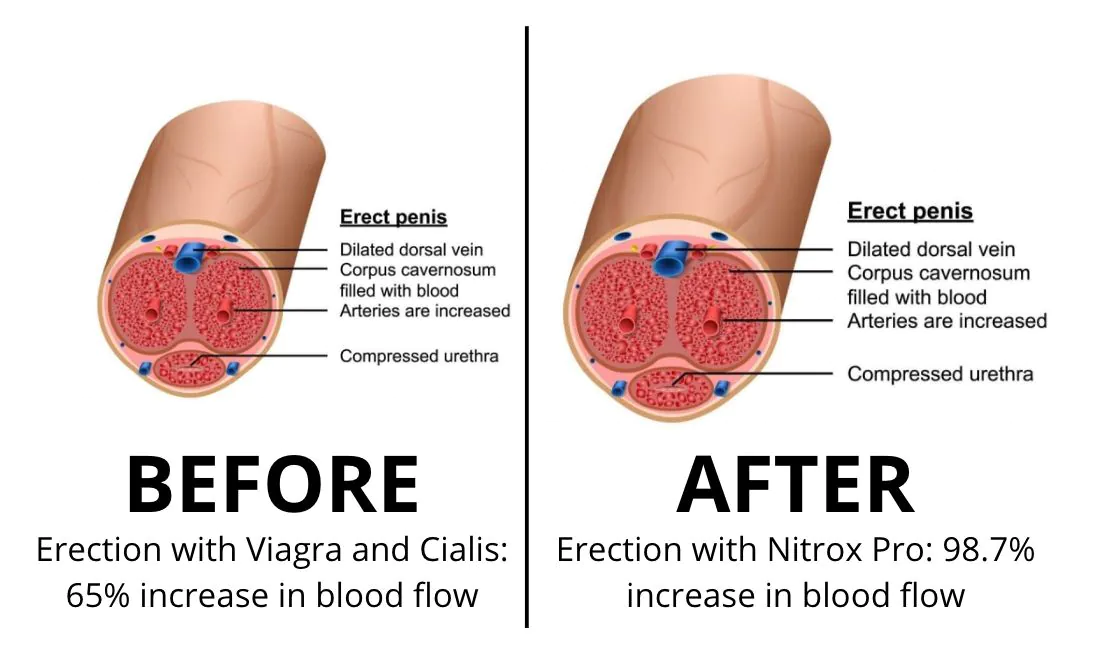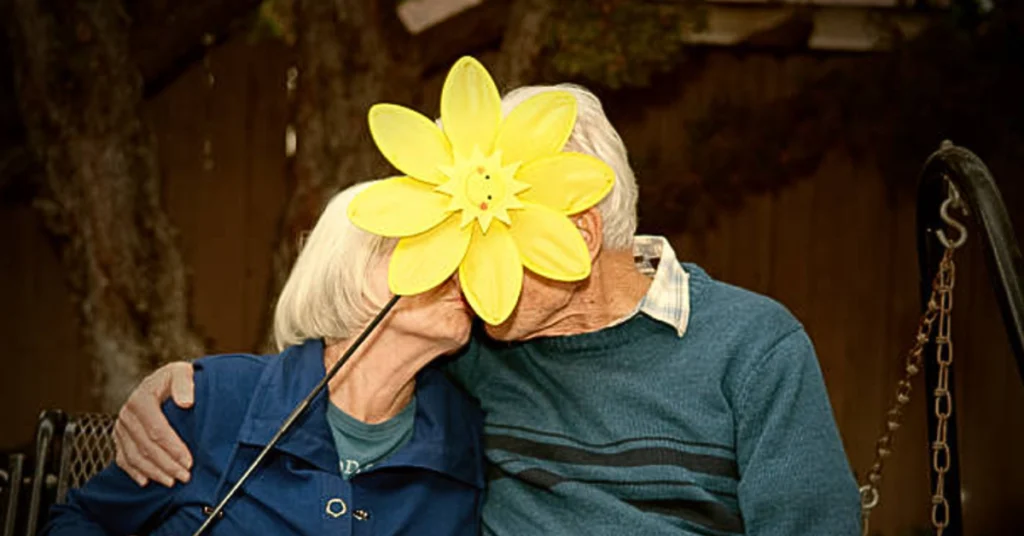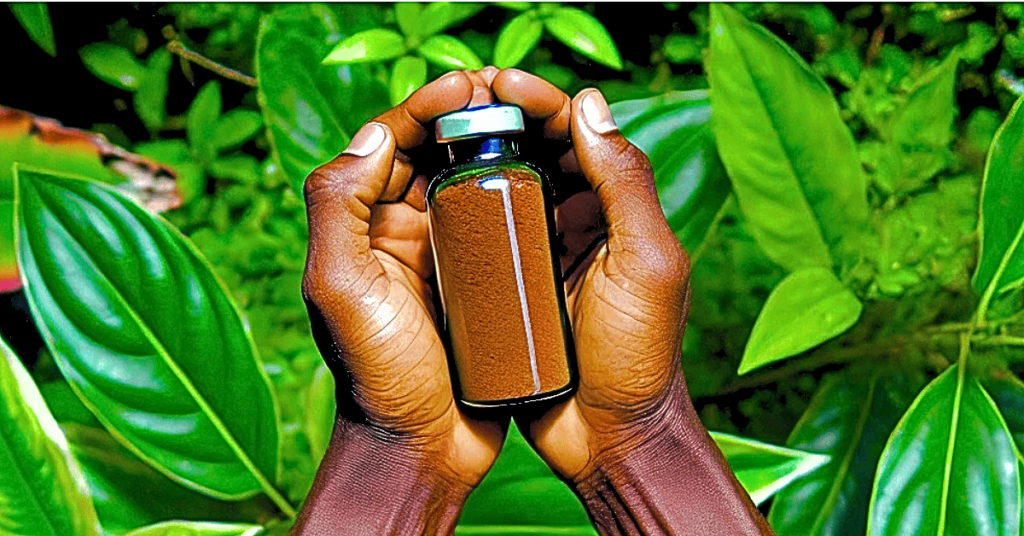To perform the Horse Trick successfully, you need quality equipment, a healthy horse, proper training tools, and the right knowledge. Avoid common mistakes like rushing training and ignoring your horse’s health. Regular practice and building trust with your horse are essential for performance success.
The enchanting world of equestrian performance often leaves many wondering, “Do I need special ingredients for the Horse Trick?” This intriguing question leads us to explore the essential components that elevate your horse tricks from ordinary to extraordinary. In this post, we will delve into the required ingredients, helpful tips for successful performances, and common mistakes to avoid. Let’s dive into this captivating topic and unlock the secrets to mastering the Horse Trick!
Understanding the Horse Trick
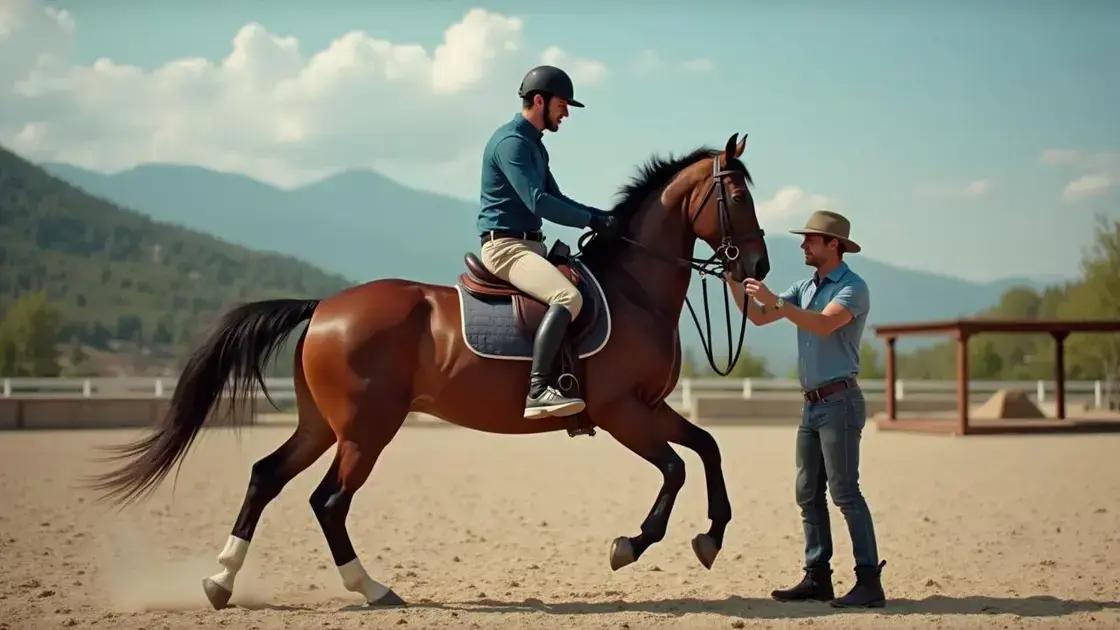
Understanding the Horse Trick is essential for any aspiring equestrian performer. This captivating trick is not just a spectacle; it depends on precise training and the right techniques. By grasping the fundamentals, you will be better prepared to execute and impress audiences.
What Is the Horse Trick?
The Horse Trick involves a combination of agility, trust, and coordination between the horse and the trainer. It typically showcases the horse’s ability to respond to commands and perform complex movements, making it a highlight in many equestrian shows.
Key Elements of the Horse Trick
To successfully perform the Horse Trick, several key elements must be considered:
- Trust: Building a strong bond between the horse and trainer is critical.
- Consistency: Regular practice helps reinforce learned behaviors.
- Patience: Training requires time; rushing can lead to mistakes.
Each element plays a vital role in developing a reliable and responsive horse.
Training Techniques
Training often involves several steps to introduce the Horse Trick to the animal:
- Start with basic commands to establish communication.
- Introduce simpler tricks to build confidence.
- Gradually increase complexity as the horse becomes comfortable.
These techniques create a solid foundation, ensuring that the horse is prepared for the more advanced aspects of the trick.
Essential Ingredients for the Horse Trick
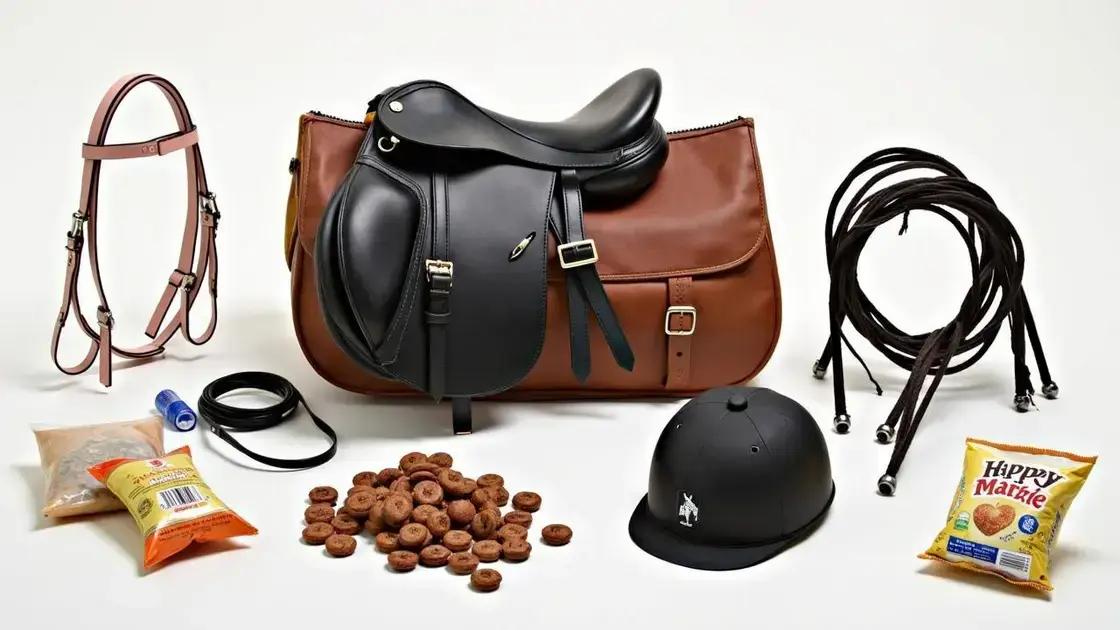
To perform the Horse Trick successfully, several essential ingredients are required. These ingredients not only aid in the execution of the trick but also ensure the safety and well-being of both the horse and the trainer.
1. Quality Equipment
Using the right equipment is crucial. Essential items include:
- Correct Saddle: A well-fitted saddle ensures comfort for the horse.
- Bridle: A properly adjusted bridle aids communication.
- Safety Gear: Helmets and boots protect against injuries.
2. Healthy Horse
A healthy horse is vital for performing tricks. Regular veterinary check-ups, proper feeding, and exercise help maintain a horse’s health. A strong and vibrant horse will perform better and reduce the risk of injury.
3. Training Tools
Training tools enhance the learning process. Consider using:
- Clicker: Helps in positive reinforcement.
- Treats: Rewarding your horse encourages good behavior.
- Whips or Bumps: Used for communication without force.
4. Knowledge and Skills
Above all, having the right knowledge and skills is essential. Understanding the horse’s behavior and training techniques will significantly affect the outcome of the trick. Continuous learning through workshops or guides can improve your expertise.
Tips for Performance Success
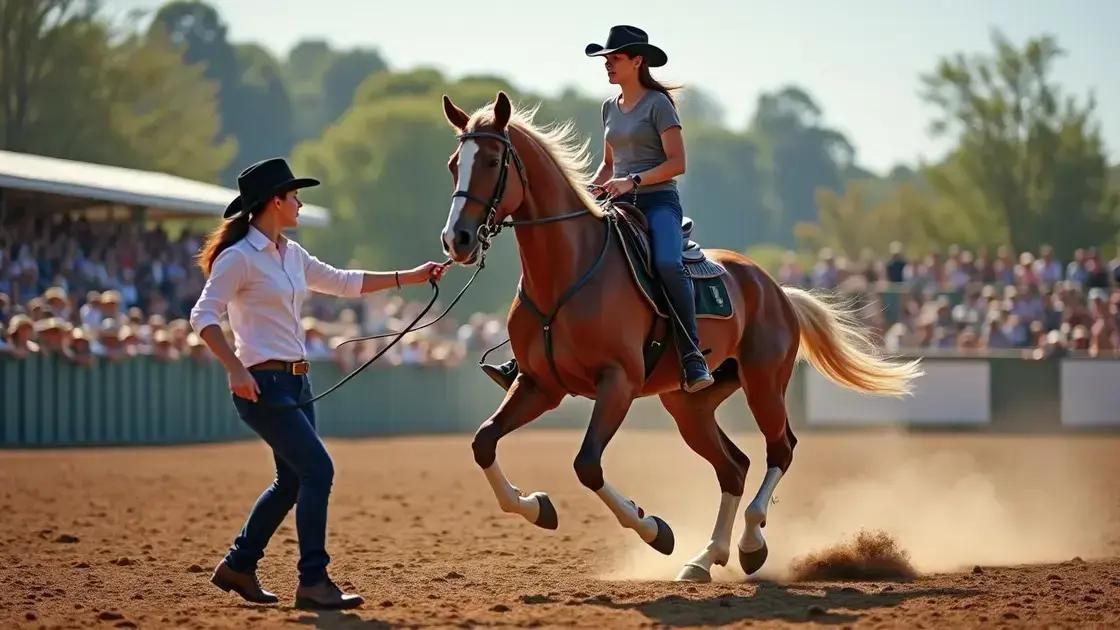
To ensure success in performing the Horse Trick, follow these valuable tips. Each suggestion is aimed at enhancing your performance and building a strong connection with your horse.
1. Establish Trust
Your horse must trust you completely. Spend time together outside of training sessions to bond. This trust will make them more willing to perform tricks.
2. Use Positive Reinforcement
Always reward your horse when they do something right. Use treats or affection as positive reinforcement. This encourages them to repeat good behavior and makes training enjoyable.
3. Practice Regularly
Short, frequent practice sessions are more effective than long, infrequent ones. Aim for at least 10-15 minutes of focused practice each day. Consistency helps reinforce learning.
4. Stay Calm and Confident
Your attitude affects your horse’s performance. Stay calm, patient, and confident during training and performances. Horses can pick up on your emotions, so keeping a positive approach is crucial.
5. Know Your Horse
Every horse is unique. Understand their strengths and weaknesses, and tailor your training methods accordingly. This personalized approach will improve your horse’s performance.
6. Monitor Health and Fitness
Ensure your horse is in good health and fit for performing tricks. Regular veterinary check-ups and a balanced diet contribute to improved performance and reduce injury risks.
7. Visualize the Performance
Before performing, visualize the whole act in your mind. Picture yourself and your horse executing the trick flawlessly. Visualization can enhance confidence and help reduce anxiety.
Common Mistakes to Avoid
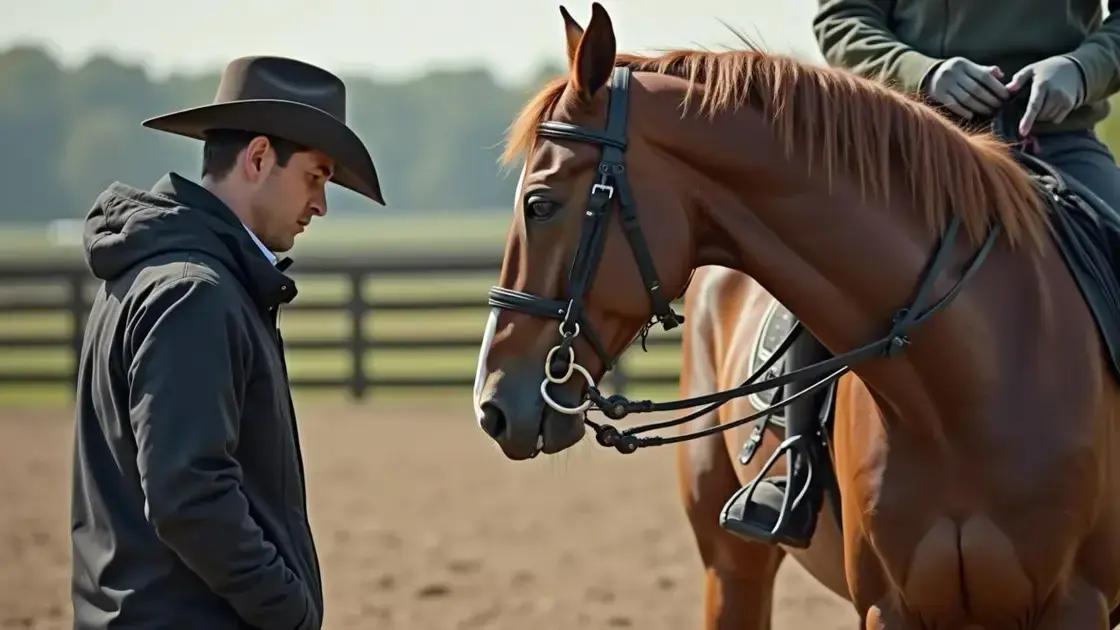
When performing the Horse Trick, avoiding common mistakes is essential for both safety and success. Here are several mistakes you should watch out for:
1. Rushing the Training Process
Many trainers make the mistake of hurrying through training sessions. It’s important to be patient. Rushing can lead to confusion and anxiety for the horse.
2. Ignoring the Horse’s Health
Neglecting to monitor your horse’s health can result in poor performance or injury. Always keep track of their condition and consult a vet if something seems off.
3. Inconsistent Signals
Using inconsistent signals or commands can confuse your horse. Make sure that you use the same cues every time, so your horse knows what to expect.
4. Lack of Preparation
Performing without proper preparation is a common mistake. Always rehearse the trick multiple times before showing it to an audience.
5. Overlooking Equipment Safety
Using faulty or ill-fitting equipment can adversely affect your performance and your horse’s safety. Regularly check and maintain gear to ensure it is in good condition.
6. Forgetting to Warm Up
Skipping warm-up exercises is a mistake that can lead to injuries. Always warm up your horse before attempting tricky moves to prepare their muscles.
7. Not Acknowledging Fear or Stress
Ignoring signs of fear or stress in your horse can lead to poor performance or dangerous situations. Pay attention to your horse’s body language and take breaks if needed.
In Conclusion: Mastering the Horse Trick
Successfully performing the Horse Trick requires dedication, practice, and a deep understanding of both your horse and the techniques involved. By ensuring you have the essential ingredients, avoiding common mistakes, and following helpful tips, you can elevate your skills and create an outstanding performance.
The bond between you and your horse is crucial. Remember to build trust, remain patient, and always prioritize your horse’s well-being.
With these strategies in place, you are well on your way to mastering the Horse Trick and captivating your audience!
FAQ – Frequently Asked Questions about the Horse Trick
What are the essential ingredients needed for performing the Horse Trick?
Essential ingredients include quality equipment, a healthy horse, proper training tools, and knowledge of techniques.
How can I build trust with my horse?
Spend quality time with your horse outside of training, use positive reinforcement, and ensure a comfortable training environment.
What common mistakes should I avoid while training for the Horse Trick?
Common mistakes include rushing the training, ignoring the horse’s health, inconsistent signals, and overlooking equipment safety.
How often should I practice the Horse Trick?
Aim for daily practice sessions of 10-15 minutes to reinforce learning and maintain consistency.
What can I do if my horse shows signs of fear or stress during training?
Pay attention to your horse’s body language and take breaks if needed. A calm approach will help them feel more comfortable.
How can visualization help in performing the Horse Trick?
Visualizing the performance can enhance confidence, help reduce anxiety, and prepare you mentally for the execution.

